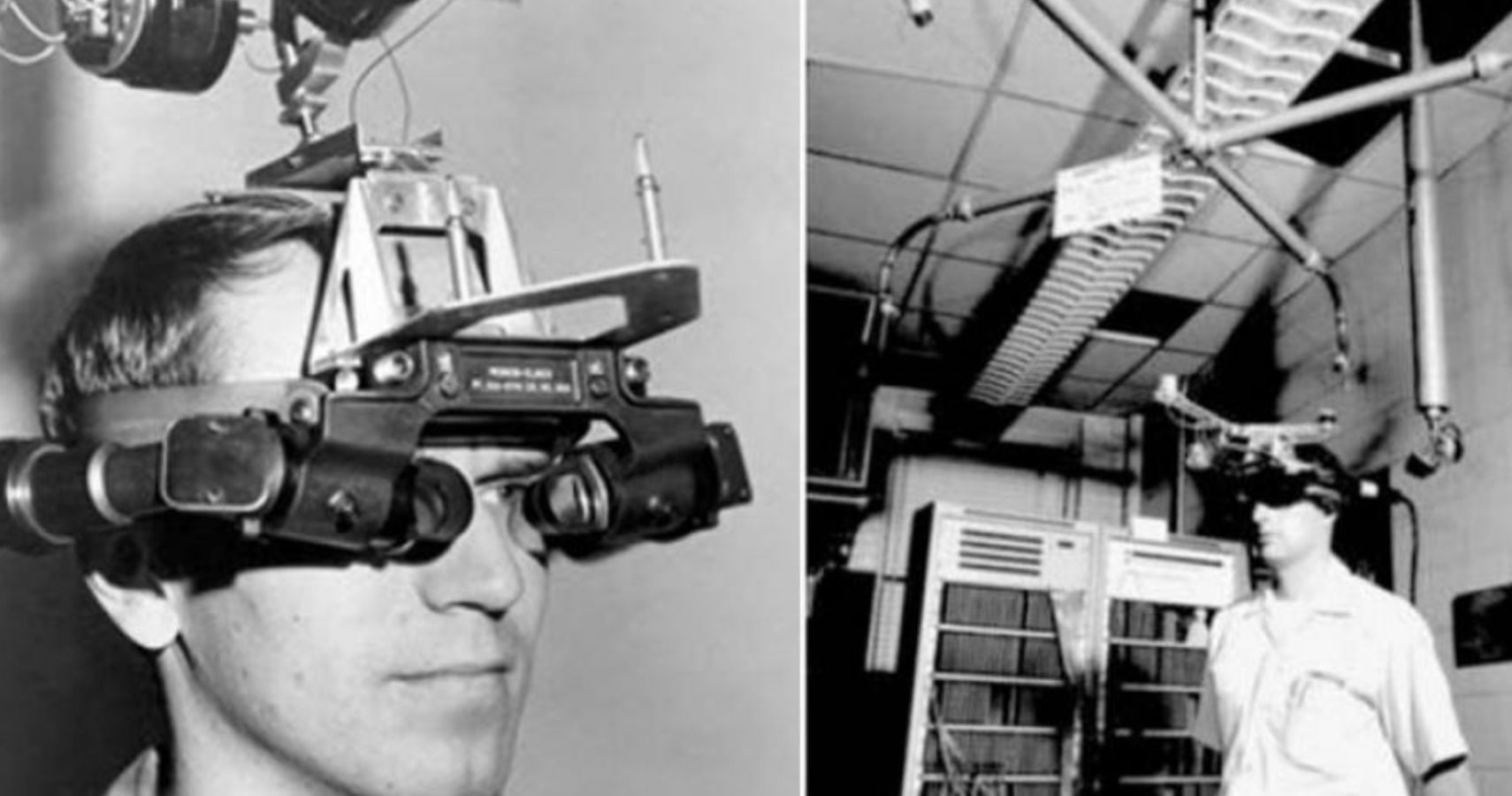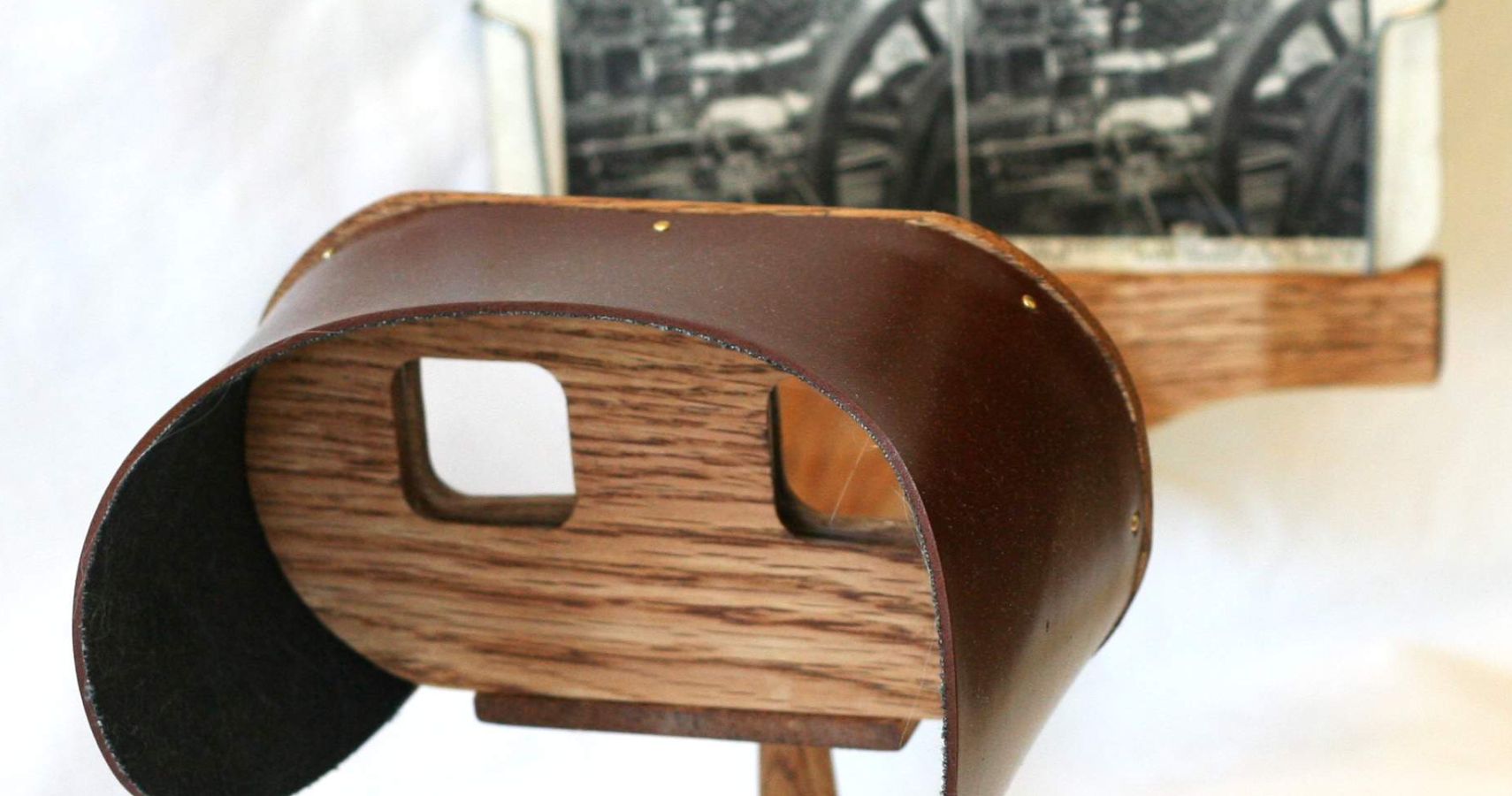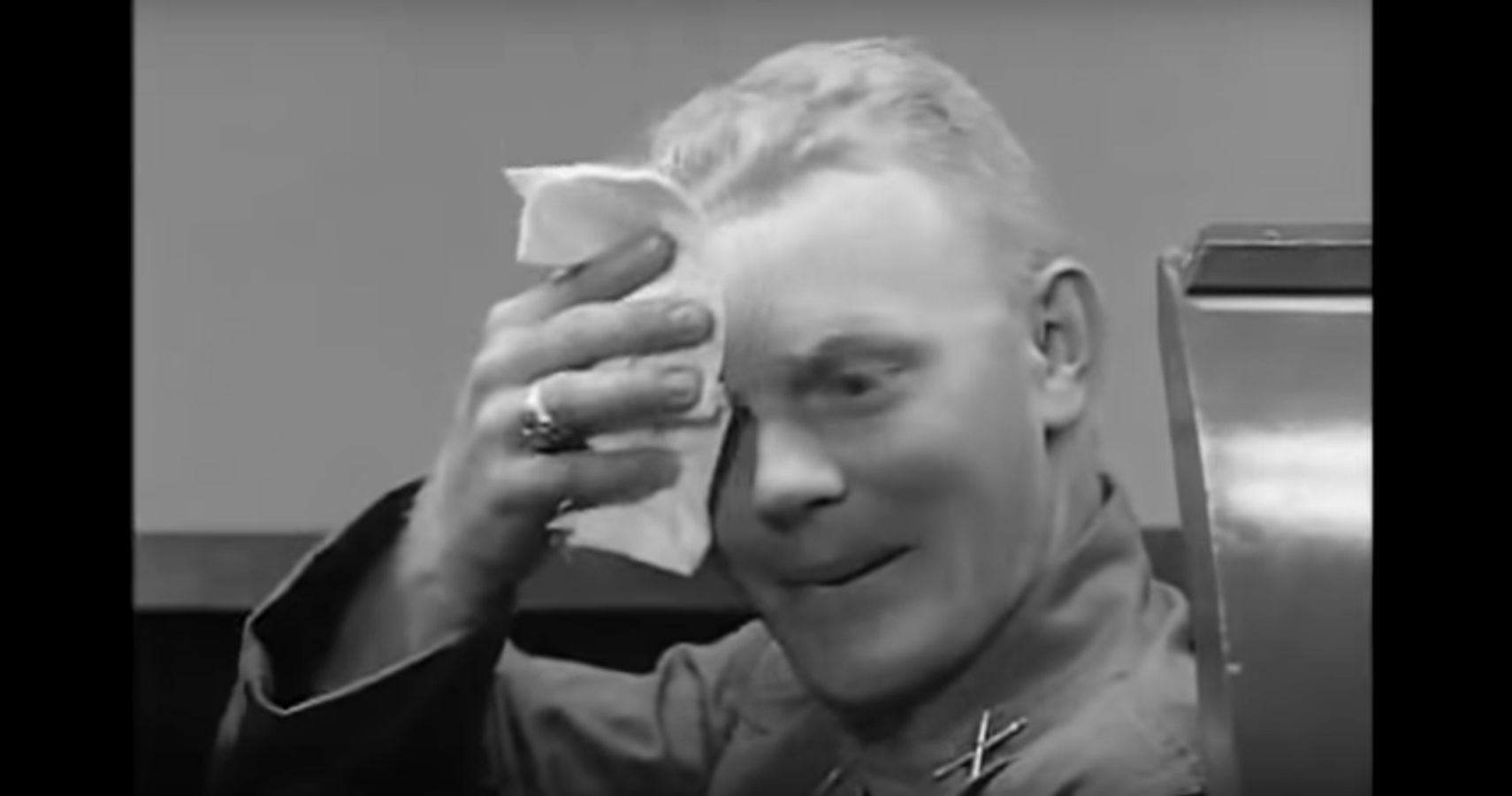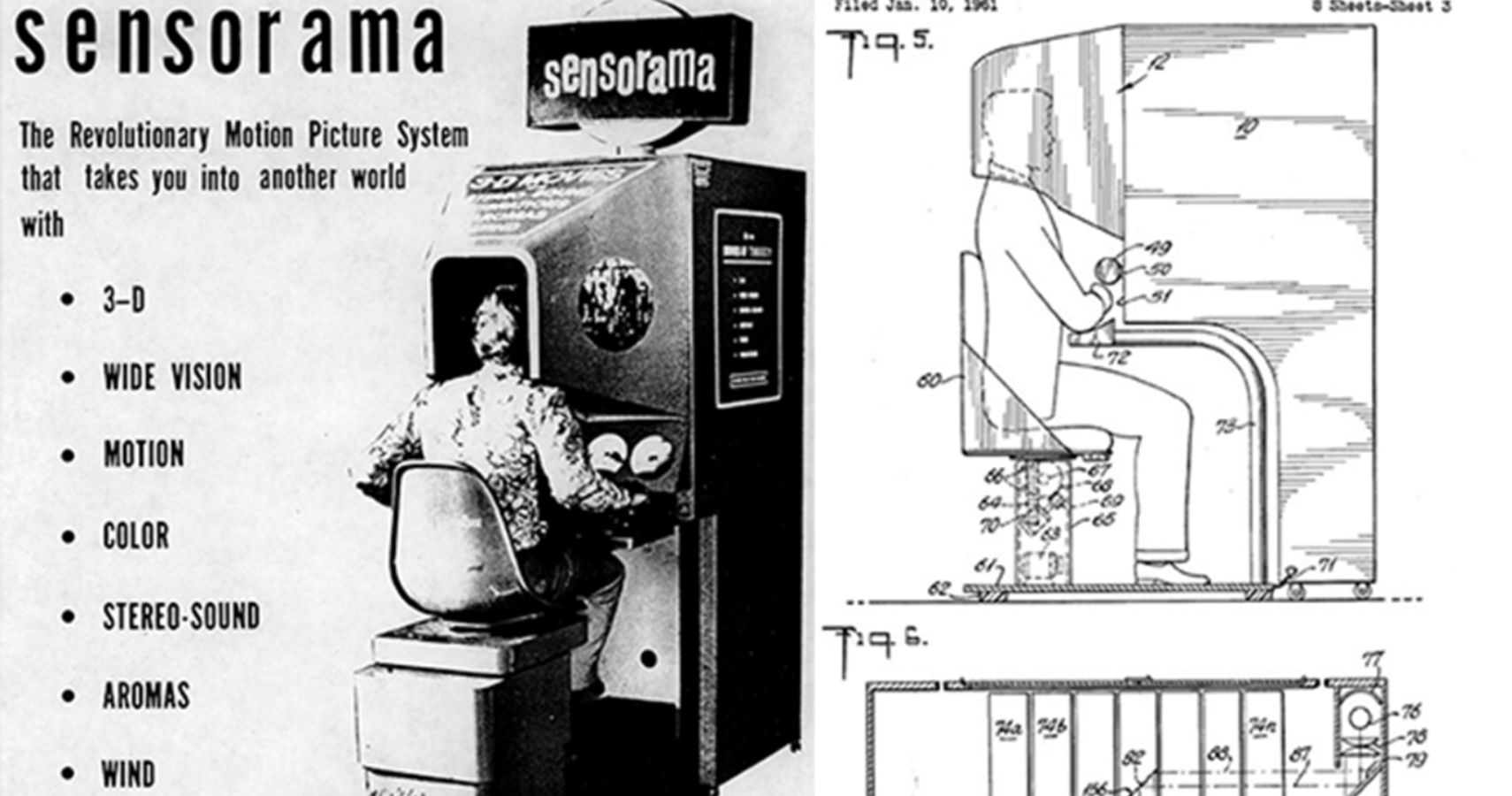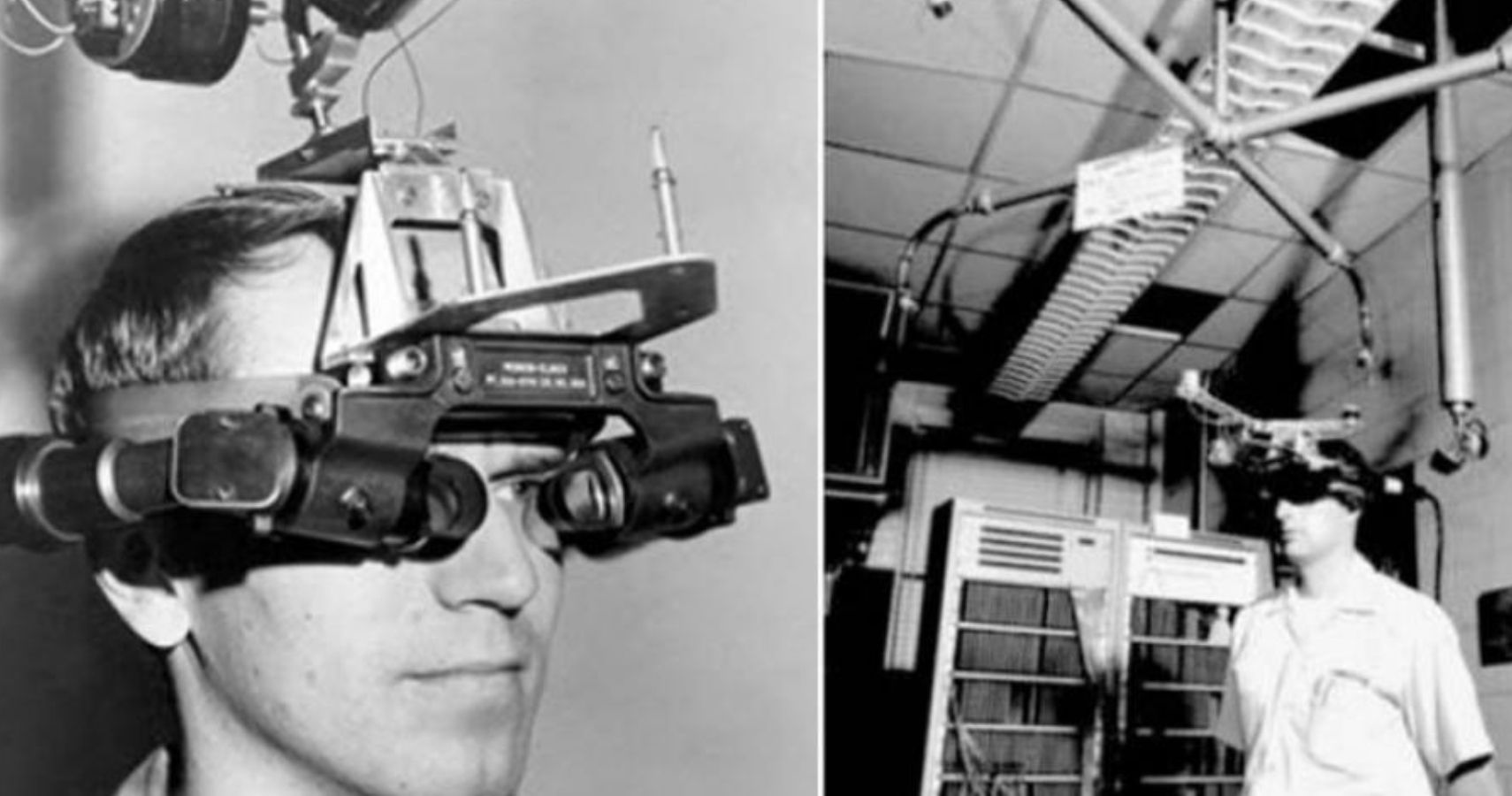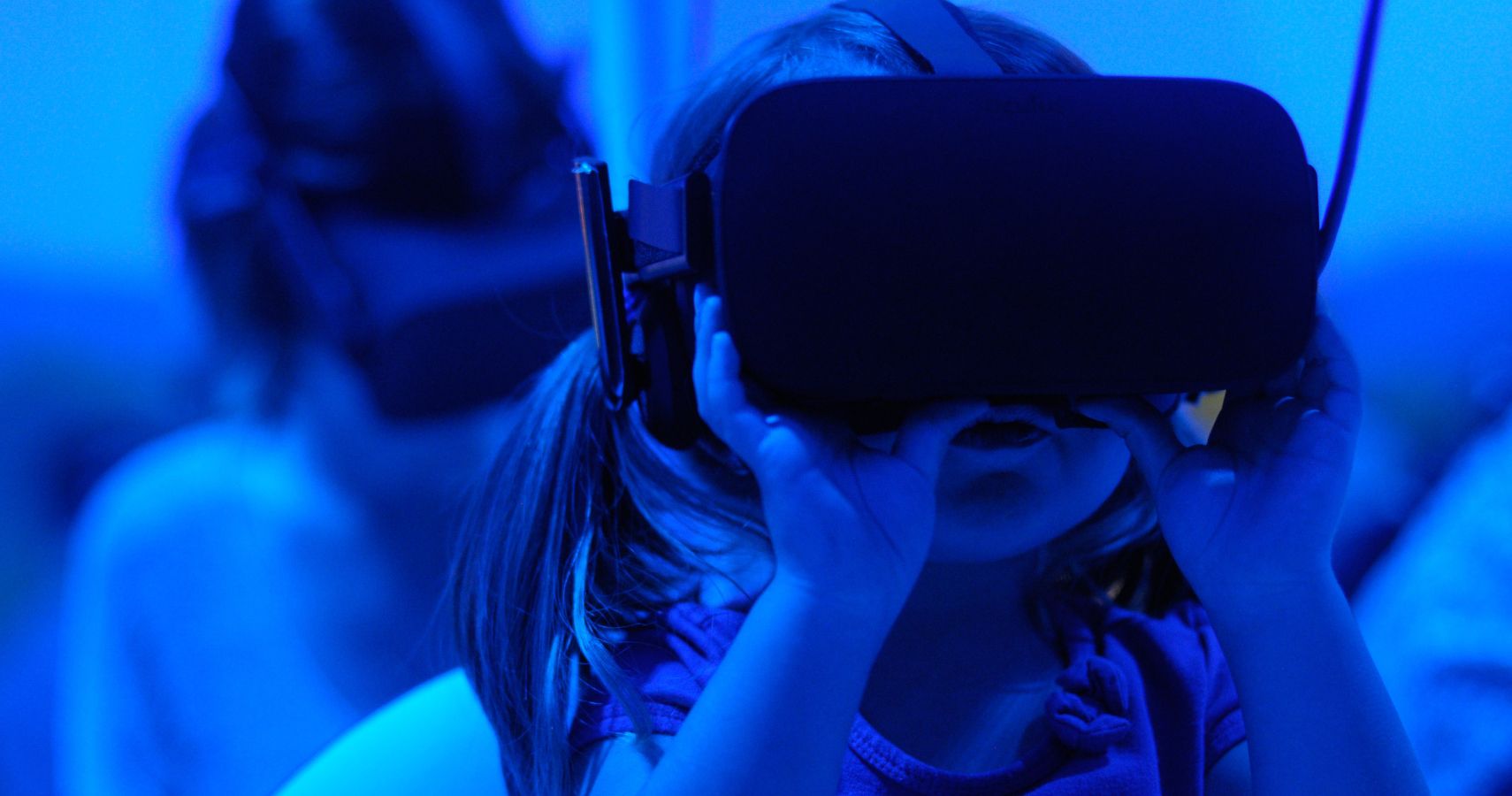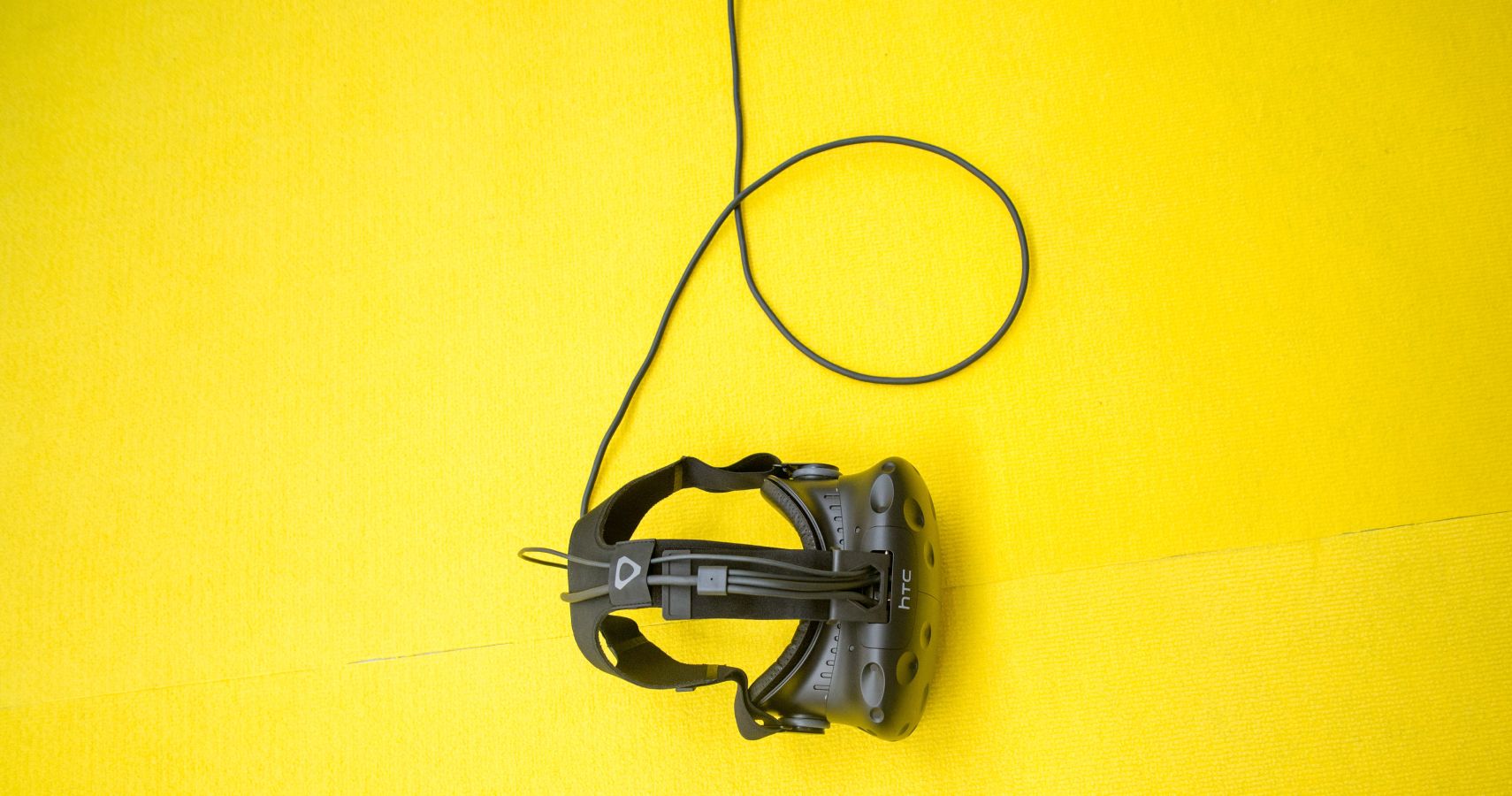Believe it or not, VR has been around in some shape or form since the 1950s. Obviously, technology was somewhat less sophisticated than it is now, but the essential concept was there. In fact, in many ways it was around even before then.
We've seen VR take off in a big way over the last few years, mainly in the games industry. And it really is thanks to the games industry that it's become so much more commercialized, but it turns out we were actually pretty late to the VR party. VR proper has been around for a good 60 years, and has been in use in everything from research, to World War II airforce training, to therapy and rehabilitation.
1800s VR?
It may sound far-fetched, but the roots of VR can be traced all the way back to 1838. A gentleman named Sir Charles Wheatstone invented the first stereoscope, which required the viewer to peer through some retro spectacles fixed in place, and look at two close-by but separated pictures. Doing so manipulated the brain's depth perception and the result was a 3D image popping out of the two 2D pictures.
RELATED: 10 Best VR Games For Oculus Rift, Ranked
So although this is an obvious far cry from modern-day VR (except Google Cardboard and similar tech, which still uses basically the exact same method), but shows the very first glimmer of an idea which led to where we are now, almost two centuries later.
Flight Simulator & Pygmalion's Spectacles
In 1929, the first flight simulator - the "Link Trainer" - was invented by Edwin Link. This was a whole-body immersion experience meant to prepare prospective pilots for flight without needing to stick them in the sky for real. It was used during World War II, and is still in use today. Check out this quintessentially- 1920s video demonstration here.
Interestingly, in 1935 the concept of VR as it is today emerged in a short story by Stanley G. Weinbaum entitled Pygmalion's Spectacles. This work of science fiction depicts a pair of goggles that allows its wearer to move through a "holographic simulation of fictional experiences."
"Sensorama" - The First Commercial VR
Up until this point, whatever "VR" that existed still wasn't quite the VR that comes to mind today. In 1956 that began to change notably thanks to Morton Heilig's invention, the "Sensorama."
This was the first attempt at a fully-immersive entertainment experience (complete with "aromas, wind, and vibrations"). It must have felt quite revolutionary at the time, but still not exactly on par with Weinbaum's futuristic vision.
1967: The First Head-Mounted Display
Okay, so actually Heilig had already come up with The Telesphere Mask in 1960, which was in fact an HMD. But it lacked motion-tracking capabilities, and had no computer input. A few years later, the first HMD with these two features did emerge, however.
Ominously referred to as "The Sword of Damocles," this massive, clunky contraption - although an HMD - was fixed to the ceiling, and thus didn't let you move around whilst wearing it. Let's be thankful things have changed since then.
Moving Inside The Head With VR
As the fantasies surrounding VR became more popularized throughout the 70s and 80s, so did the idea of using VR for more 'serious' endeavors. Like using it as a means of helping understand what's going on inside our heads.
In the 1990s, researchers and psychologists began using VR in the treatment of psychological disorders such as phobias - including the fear of heights - which did and still does prove effective.
The Present & The Future Of VR
We don't have to look far these days to find some truly breathtaking advancements in the field of VR, especially within the gaming industry. Most recently, we have Valve Software's massive push towards a future of better VR gaming in the form of Half-Life: Alyx, which truly has stretched the boundaries of VR gaming.
Although people have been dabbling in the concept of VR for decades already, we're only really just getting started now. The hope (and reality) is that future generations will look back on this article and think "that's cute."
Source: Medium

